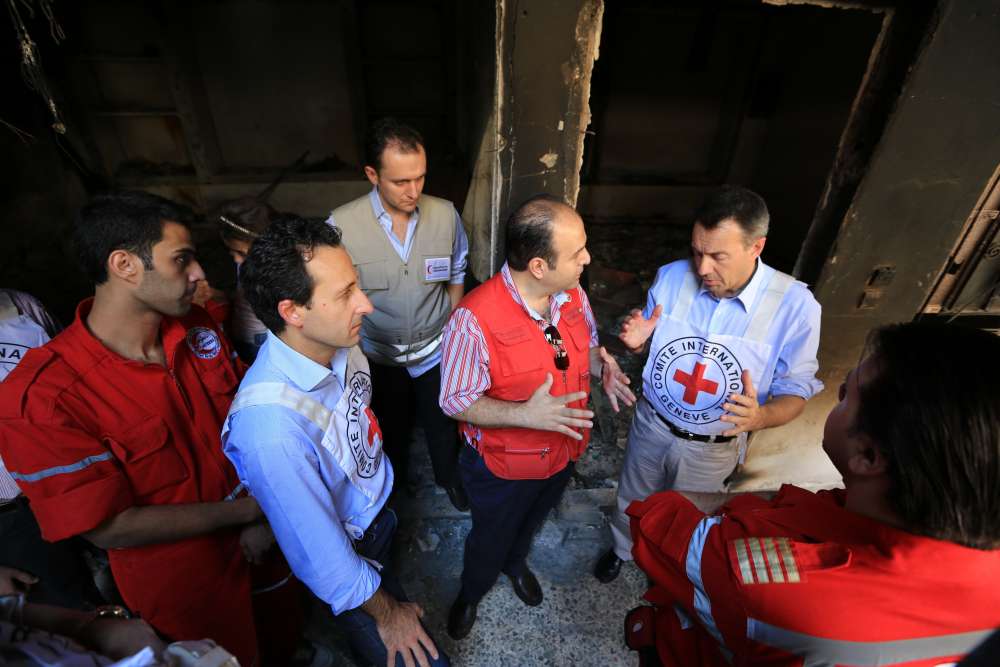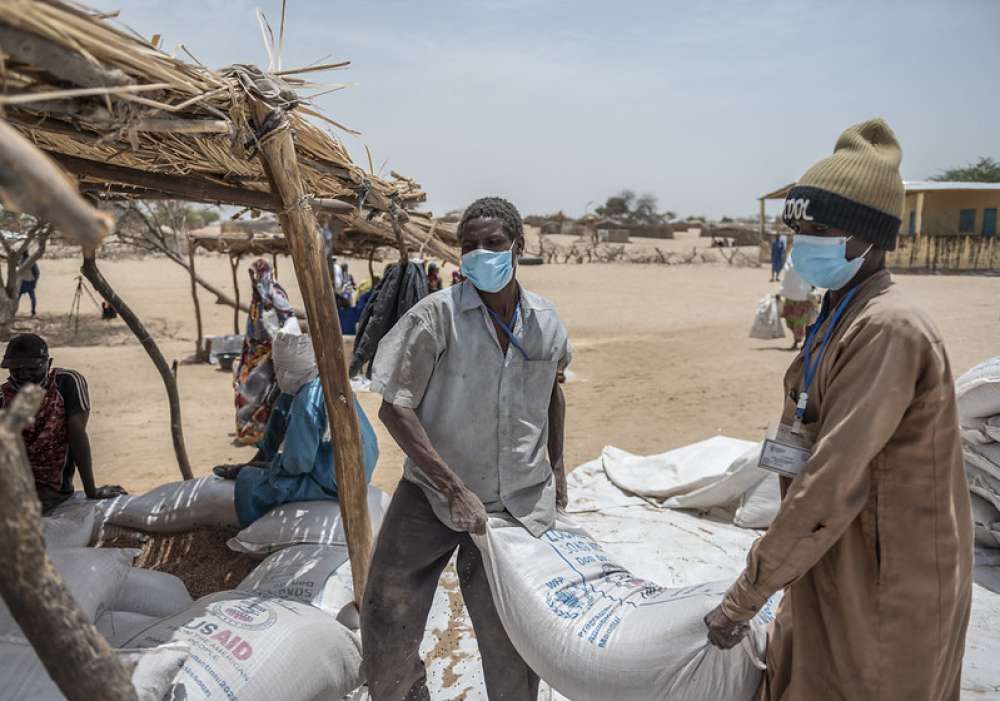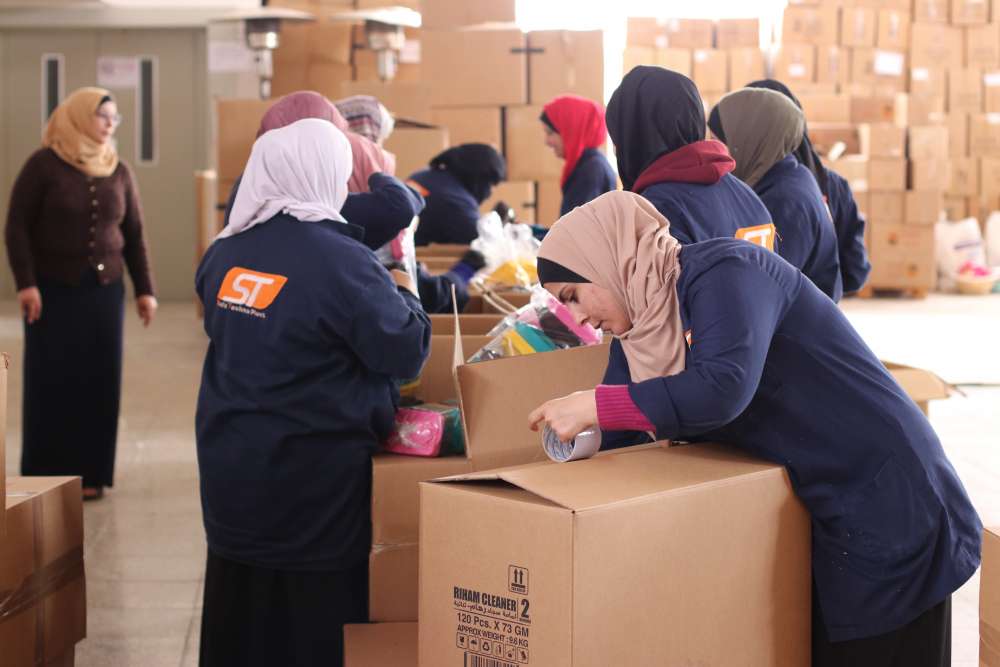The Shape and Sustainability of Turkey’s Booming Humanitarian Assistance

Turkey’s speedy evolution into the world’s fourth largest humanitarian donor in 2012 has been accompanied by admiration and awe among international policy-makers, humanitarian practitioners, and journalists. The country’s number one humanitarian feat has been its humanitarian engagement in Somalia. Ever since Prime Minister Recep Tayyip Erdogan visited Mogadishu in August 2011 — at a time when most international actors, non-governmental organizations (NGOs), and governments were avoiding it — Turkey’s daring assistance to the East African country has been keeping the international aid community on its toes, for the country continued its aid, steadfastly, even after the loss of six Turkish embassy employees in an attack by the terrorist group Al-Shabab in July 2013.
Truth be told, in Somalia the Turkish stay and deliver. Turkey’s humanitarian engagement in Somalia has been, however, dwarfed by its response to the Syrian crisis. As a neighboring country, Turkey pursues an open-door policy towards Syrian refugees. To date, the country hosts about 201,000 registered refugees across 21 camps, and another estimated 350,000 Syrians are residing in various Turkish cities. Other humanitarian donors and agencies applaud the camps as professionally managed and up to international standards. As part of the response to the Syrian crisis, Turkey also developed the so-called “zero point delivery.” That is, Türk Kizilayi, the Turkish Red Crescent (TRC), hands over all aid at a zero point at the Turkish-Syrian border to local NGOs or local councils. Other humanitarian donors can contact the Turkish government to transfer their humanitarian goods at the zero point to a Syrian humanitarian actor of their choice. Within the humanitarian community, there are mixed opinions as to this innovation. While some laud the efficient coordination of aid by the Turkish government and Kizilay, others voice concern that there is no control over where the goods go once they are handed over. The approach cannot guarantee that the goods reach the population in need and that they do not end up in the hands of the parties to the conflict.
In parallel to the responses to the Somali and Syrian crises, Turkey also puts energy and resources into humanitarian assistance to Pakistan and Myanmar. Recognizing that Turkey has thus become a prominent humanitarian donor in recent years, the United Nations (UN) Secretary General Ban Ki-moon has announced Turkey to be the host of the first World Humanitarian Summit, which will take place in 2016. Yet, so far, we know little about Turkey’s rapidly increasing humanitarian engagement. Which are the norms and interests that inform its humanitarian approach? Who are the key actors? How does Turkey position itself towards humanitarian principles, needs-based assistance, and humanitarian coordination? Can we expect Turkey to sustain its current level of humanitarian engagement in the years to come?
Following Robert Putnam’s assessment that domestic and international imperatives simultaneously shape a country’s foreign policy, this article first analyses the most important foreign and domestic policy issues and actors influencing Turkish humanitarian assistance. In a second step, it compares the resulting conception and scope of current Turkish humanitarianism with international standards. The conclusion then looks at the sustainability of the Turkish engagement.
To read the rest of this piece, please visit International Development Policy online ↪ .







